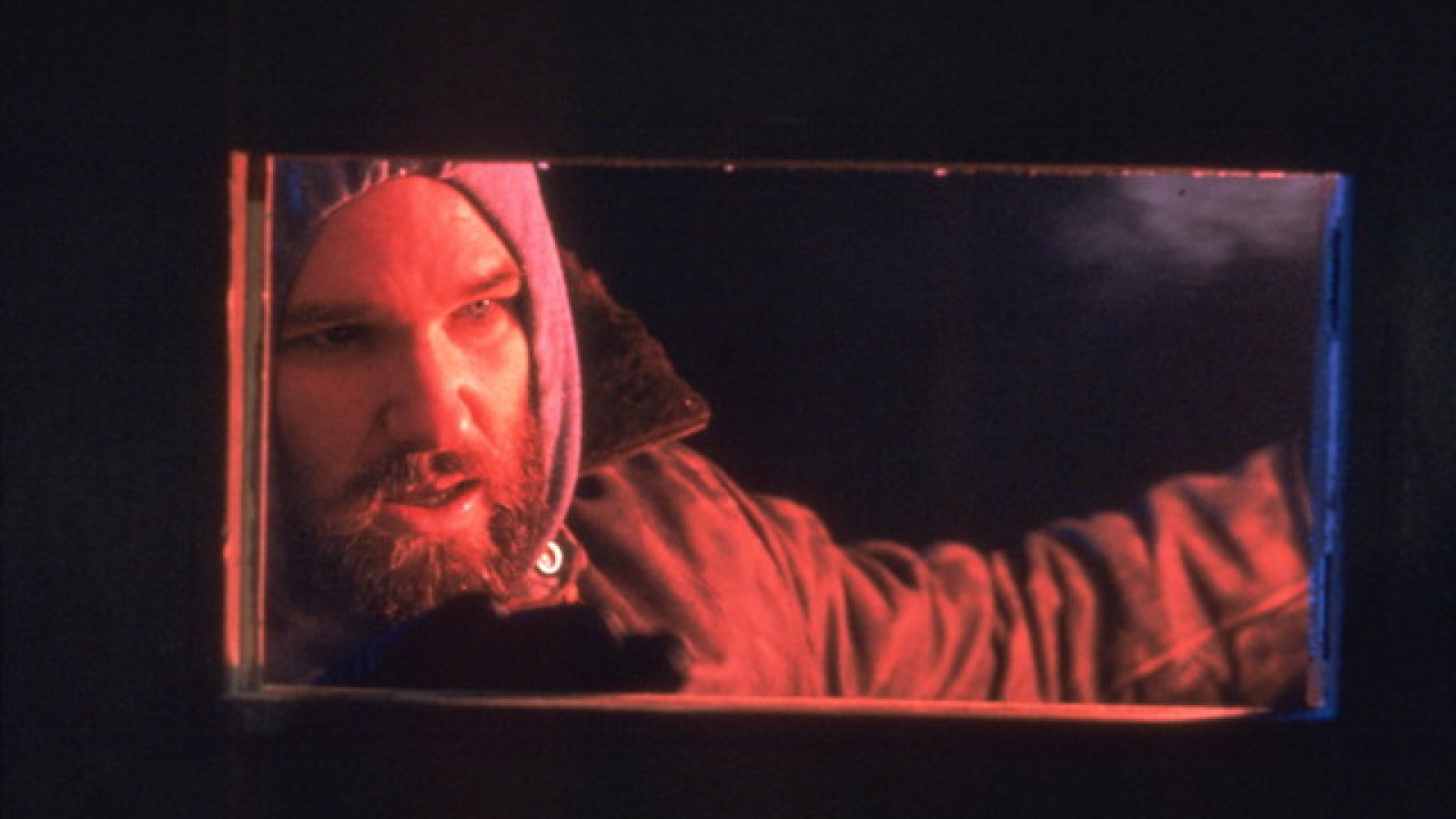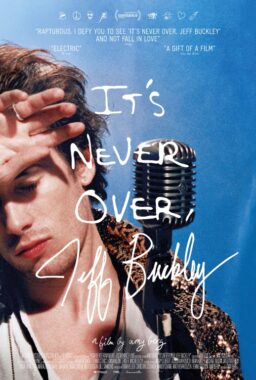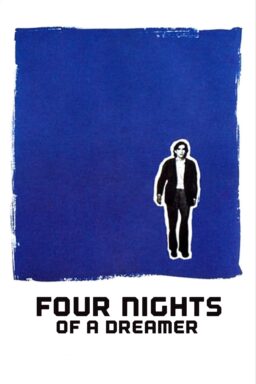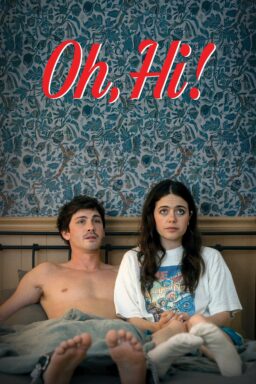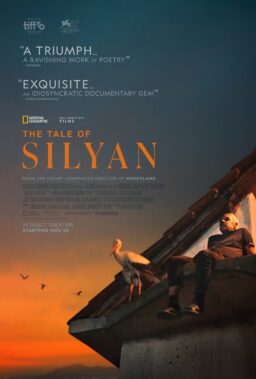The first time we see MacReady (Kurt Russell), the hard-drinking hero of John Carpenter’s “The Thing,” he’s playing chess with a computer. He loses by checkmate. At the end of the movie, MacReady wins a different kind of chess match, saving the human race from infestation by a shape-shifting, identity-stealing extraterrestrial, but at great cost. At least I feel relatively sure MacReady wins. The last time we see him, he’s sitting with his last living colleague, Childs (Keith David), in the rubble of the Antarctic research station that he destroyed to kill whatever remained of the monster. Their shared laugh (and booze) suggests that everything’s going to be OK now because The Thing is dead and neither of them are infected, but you can’t know for sure in a film like this; anybody who wanders off by themselves for any length of time has to be considered a possible body-snatching victim.
But the symmetry is still perfect. The beast that MacReady and his men battle seems as emotionless and calculating as a software program. It just wants to checkmate the human race. The camp’s doctor, Blair (Wilford Brimley), likens it to cancer. It is pure ruthlessness made flesh. It’s of a piece with other monstrosities in Carpenter’s filmography: Mike Myers in “Halloween,” the leprous spectres of “The Fog,” the possessed car in “Christine.” The Thing is implacable and literally faceless: a sentient mask that wears us.
As anybody reading this likely knows already, “The Thing” was a box office dud when it was released in the summer of 1982. Some have blamed the film’s too-close proximity to that season’s biggest hit, Steven Spielberg’s “E.T.”, a film about a friendly alien who healed wounds rather than caused them and was a friend to children. Others blamed the unrelenting bleakness of the movie, or its extra-gloppy creature effects (by then 23-year old Rob Bottin, with a mighty assist from Stan Winston in the dog transformation scene). To be fair to audiences and critics that, with the benefit of hindsight, didn’t “get it” like all of us brilliant 2016 folk, the film does have problems. The characters aren’t strongly differentiated early on (as they are in 1979’s “Alien“—an influence on “The Thing” which was itself influenced by Christian Nyby and Howard Hawks’ original 1956 movie version of “The Thing.”) Adapted by Bill Lancaster, Burt’s son, Carpenter’s “The Thing” is a relatively faithful transcription of John W. Campbell’s novella “Who Goes There?”, albeit with gore effects that Campbell could never have imagined. Russell’s faintly John Wayne-like delivery and gait befit a film that often feels like a cavalry western unfolding in and around a frontier outpost, the sort of setting that Hawks or John Ford would’ve milked for maximum isolation and male bonding; but the characters are a bit thin, even with the actors as skilled as Russell and David and David Clennon and Wilford Brimley (brilliant as Blair, a salt-of-the-earth type who loses his mind and then his soul) breathing life into them. On first viewing it can be hard to keep track of who’s who among the minor characters, what jobs they do, and where they are geographically at various points in the story; on top of that, the men all have Hemingway-style tough guy names, usually one or two syllables, and they’re often partially hidden under snow gear. And by the time you finally get attached to them they start getting shot or burned alive or transformed into tentacled piles of mewling flesh that look like Francis Bacon paintings come to life.
But these are all nitpicks. This is one of the greatest and most elegantly constructed B-movies ever made, serious yet subtle in exploring themes of paranoia, mistrust, identity and camaraderie, and aces at scaring the hell out of you. Carpenter is one of the great film stylists of the second half of the twentieth century. He directs with no adjectives. He’s clean, purposeful, direct, unhurried. Like his creatures and killers, he takes his time setting up the next round of bloodletting; he strolls rather than sprints because he feels absolutely sure that he’s going to get you one way or another. From the instant that the Alaskan Malamute/Thing-carrier makes its way into the research camp and stares blankly at the humans, you start worrying about what horrendous tableau is being cued up for the next scene; then it doesn’t come; then another scene passes, and still nothing. You relax. Maybe you get a little bored. And then WHOOOSH, a shadow passes between the camera and a character who was too slow to see who or what it was; or a face opens up to reveal another face, or a chest splits open to reveal rows of teeth, or a skull divides vertically into what looks like a bear trap made of flesh and bone.
Carpenter’s ability to alternate silence and chaos might be at an all-time peak here, and his key collaborators, cinematographer Dean Cundey (“Halloween,” “The Fog”), editor Todd Ramsay (“Escape from New York”) and composer Ennio Morricone, match him in ingenuity. The long, cluttered hallways, the dull grey storage spaces and rec rooms, the low moaning wind, the faint hum of lights and generators, the muttered conversations peppered with curses, the liquor bottles in the foreground of shots, in all give you a sense of what it must be like to do a repetitive job in a desolate place with nobody to keep you company except the same eleven faces you see every single damn day, and you absorb that sensibility as surely as The Thing absorbs the cells of its victims. A low-level pulse of despair continues under tense scenes of the men searching the camp for disappeared colleagues and debating what to do next, or simply calling on each other in their sleep quarters or work spaces without advance notice, one character’s anxious face looming in the foreground in a deep-focus or split diopter shot while another peers through the window of a door in the background (this is a simple but very effective way to generate tension visually because, in contrast to shots that shift focus from one speaker to the next, you’re never sure where you’re supposed to look).
And then RRRAAAAGHGHGHGHGHHHH!!!! all hell breaks loose, and suddenly a man’s head is detaching from a deformed and flame-seared torso, rappelling down the side of an operating table on spaghetti-thin tentacle-strings, tongue-tugging itself to safety under a desk, sprouting spider legs and skittering away. When the blood test scene—which in masterful construction is every bit the equal of the arm-chomping/spider-head scene—finally erupts into surreal horror, with the assimilated Palmer (Clennon) munching the head of his old friend Windows (Thomas Waites) and whipping him about like a bear shaking a doe to death, the bloody absurdity of the imagery and the nerve-rattling volume of the men’s screams is intensified by how long Carpenter made you wait, and also by the framing of the shot in which the heated blood erupts from MacReady’s petri dish (it’s the same shot Carpenter used more than once during the scene, so when it appears that final time, you’re subliminally thinking, “Nothing ever happens during this shot”).
It’s a kick to revisit this movie after many years and realize how not-violent most of it is. The brutality is so brutal, and the accompanying creature effects so magnificently grotesque (even if they no longer convince as organic creatures, they’re still mesmerizing as sculptures), that they expand in the mind, and make you remember a movie that’s unbearably intense at every second even though it’s not. And that, ironically, is the reason “The Thing” seems unbearably intense when you remember it: Carpenter doesn’t feel obligated to rattle your senses all the time. The crescendos in “The Thing” feel bigger because they’re surrounded by slow parts, and by (relative) quiet. Some of the creepiest bits are not only bereft of gore but of action itself: often Carpenter gives us an ellipsis where a jump-scare would normally reside. Think of that early moment when the Thing-possessed dog ambles down a hallway and into a room where a future victim sits unaware: you don’t actually see the man, only his shadow on the wall (to quote a phrase that appears in Stevie Wonder’s “Superstition,” which is playing beneath the scene), and the movie discreetly fades to black before the assimilation begins. You know only that something horrific happened in there and you weren’t allowed to see it.
“The Thing” is available in a new Blu-ray Collector’s Edition on October 11 via Shout! Factory. To order your copy, click here.

